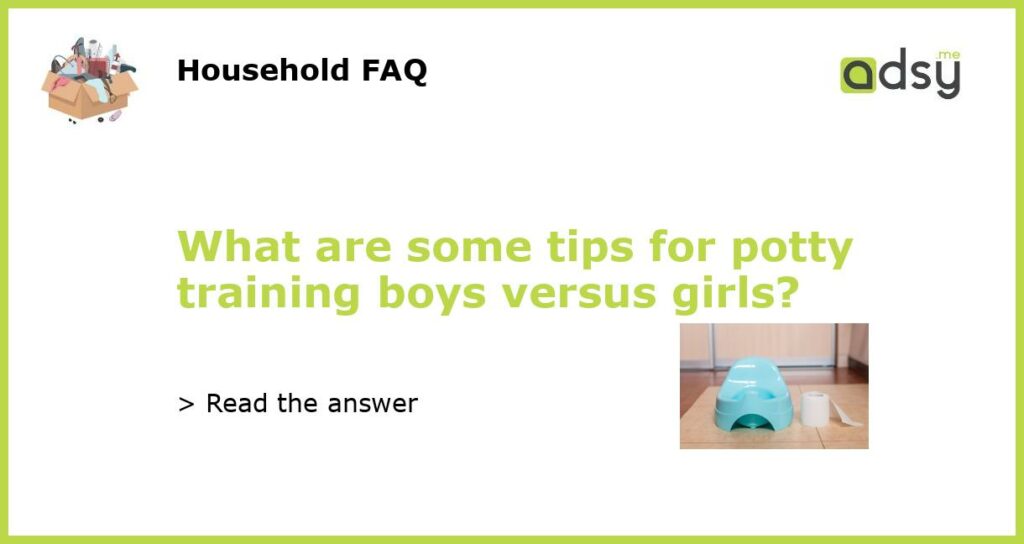Tip #1: Understand the Differences in Anatomy
When it comes to potty training boys versus girls, one of the first things to consider is the anatomical differences between the two. Boys have an external genitalia, while girls have a urethra located closer to the anus. This physical difference can affect the way they pee and may require different techniques for potty training.
Tip #2: Teach Boys to Sit or Stand
While girls are typically taught to sit while using the toilet, boys have the option to sit or stand. It is important to teach boys both methods, depending on their preference. Many parents start by teaching boys to sit and then gradually introduce standing when they are ready. Encourage boys to aim for the center of the toilet bowl to avoid messes.
Tip #3: Reinforce Good Aim and Hygiene Habits
Since boys have the option to stand while peeing, it is important to reinforce proper aim and hygiene habits during potty training. Remind boys to lift the toilet seat before peeing and lower it afterwards. Encourage them to aim for the center of the bowl and to clean up any messes they may make. Teaching good hygiene practices early on will help prevent future issues.
Tip #4: Use Visual Aids and Reinforcement
Visual aids can be especially helpful during potty training for both boys and girls. This can include using targets in the toilet bowl for boys to aim at or stickers as rewards for successful trips to the potty. Visual aids can make potty training more engaging and can help keep children motivated and focused on the task at hand.
Tip #5: Be Patient and Consistent
Potty training can be a challenging process for both boys and girls, so it is important to be patient and consistent. It may take time for children to fully grasp the concept and develop the necessary skills. Establish a routine and be consistent with potty breaks, especially after meals or before bedtime. Celebrate successes and provide positive reinforcement to keep children motivated.






